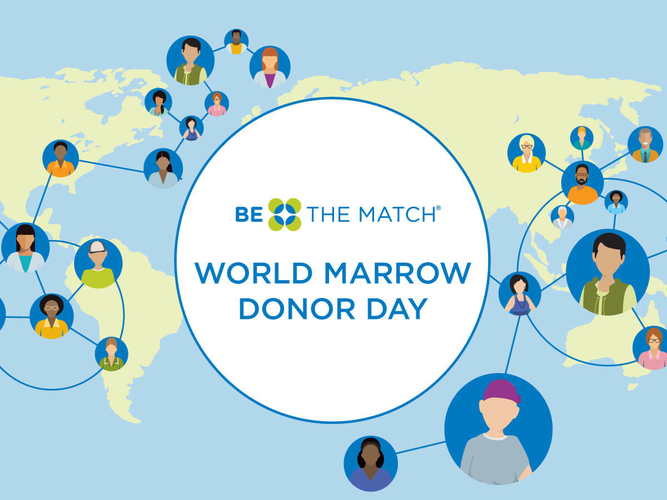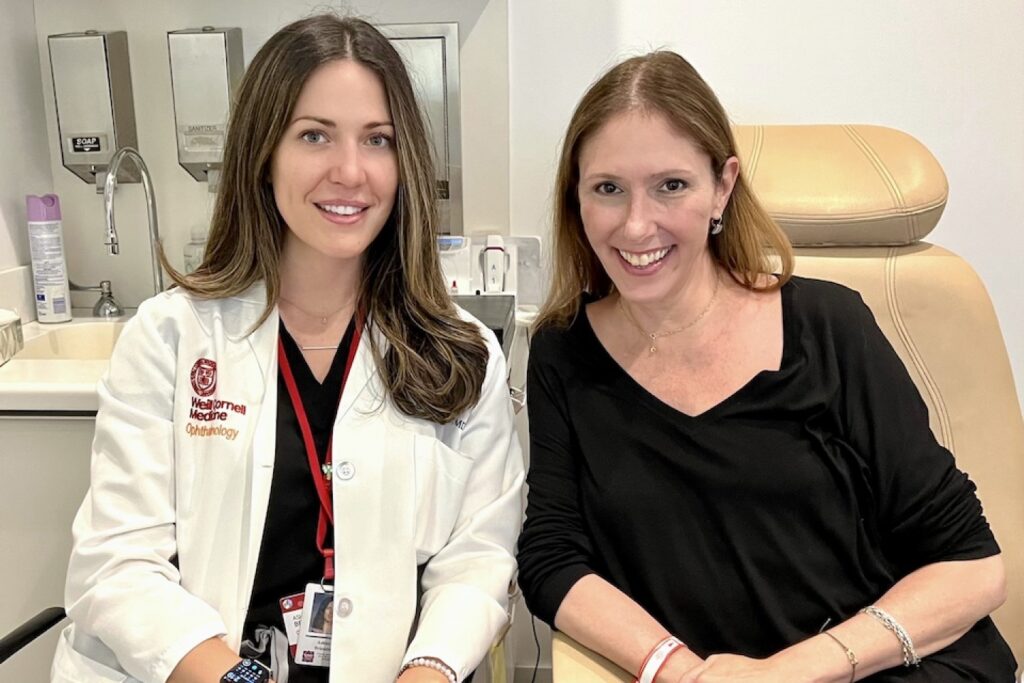Bone marrow transplants are a critical method of treating a variety of diseases and conditions in which the marrow is compromised. However, the process of finding a donor and undergoing a transplant can be a daunting one. This is where social media can play a vital role in raising awareness of bone marrow transplants and connecting donors with recipients.
Social media has been a game-changer in the healthcare industry, allowing patients and medical professionals to connect like never before. It has also enabled advocacy and awareness campaigns to take off, and bone marrow transplant is no exception. Social media platforms such as Facebook, Twitter, Instagram, and LinkedIn have become formidable tools in spreading the word on the need for bone marrow donors, educating the public on the process, and connecting donors with recipients.
In conclusion, the role of social media in raising awareness of bone marrow transplants cannot be overstated. It has provided a platform for patients, survivors, families, and healthcare professionals to tell their stories, create online communities, engage in participatory campaigns, and widen the pool of potential donors. Social media has made it possible to connect donors with recipients beyond the traditional bloodline relations, and patients in need of bone marrow transplants are benefiting from this technology. By embracing social media marketing, health advocacy campaigns can continue to influence a wider audience and succeed in creating real and lasting change in the lives of patients.




